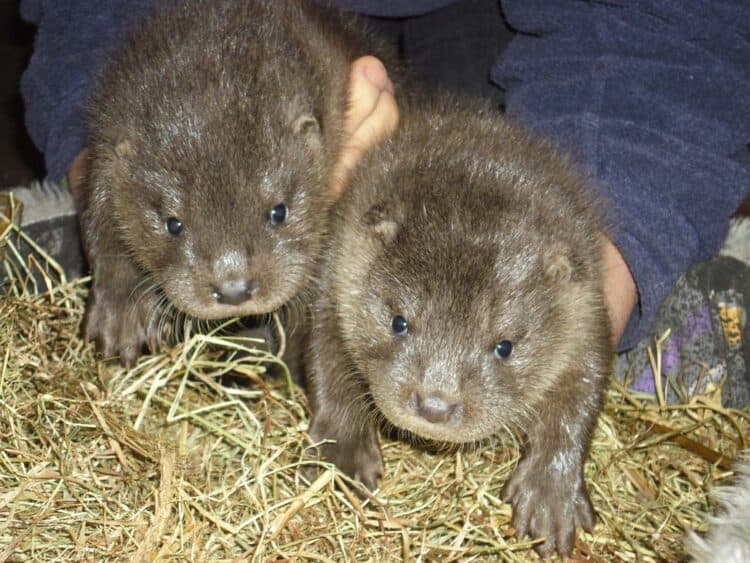Introduction: An Unsustainable and Dangerous Legacy
In the pursuit of a healthy and prosperous society, medical facilities play an essential role in providing lifesaving care. However, a troubling consequence of this vital service lies in the generation of vast quantities of medical waste. If improperly managed, this waste can have devastating effects on our natural ecosystems and wildlife.
In this article, we explore the ecological impact of inadequate medical waste disposal and its implications for wildlife conservation. Join us as we uncover the critical connection between sustainability and the management of medical waste.
Understanding Medical Waste and its Disposal
Medical waste encompasses a wide range of materials, from used syringes and bandages to chemical residues and expired pharmaceuticals. The proper medical waste disposal is crucial for preventing environmental contamination and harm to wildlife. Typically, medical waste is treated through methods such as incineration, autoclaving, and chemical disinfection.
These techniques aim to reduce the waste’s volume, neutralize infectious agents, and render it safe for landfill disposal or recycling.
However, improper disposal practices remain a concern in many regions worldwide.
The Ecological Impact of Improper Disposal
When medical waste is not adequately treated or disposed of, it can find its way into our natural ecosystems. This contamination poses severe threats to both terrestrial and aquatic habitats, disrupting the delicate balance that supports a diverse array of species. Improper disposal can lead to:
- Soil Contamination: Chemicals and pharmaceuticals leaching into the soil can harm plants and animals, disrupting food chains and reducing biodiversity.
- Water Pollution: Medical waste entering waterways can contaminate drinking water sources and harm aquatic life, with long-lasting effects on ecosystems.
- Disease Transmission: Pathogens present in medical waste can infect wildlife, leading to outbreaks of disease and population declines.
The Threat to Wildlife Conservation
Inadequate medical waste disposal can have far-reaching consequences for wildlife conservation. Contaminated ecosystems struggle to support stable populations of various species, putting them at risk of local extinction.
Moreover, the introduction of pathogens and pollutants can lead to a cascade of health issues in animals, weakening their resilience in the face of other threats, such as habitat loss and climate change.
To protect our planet’s biodiversity, it is essential to address the ecological impact of improper medical waste disposal.
The Role of Engineering Professionals
Engineering professionals play a pivotal role in designing and implementing sustainable waste management solutions. These specialists can contribute to wildlife conservation efforts by:
- Developing Innovative Waste Treatment Technologies: Engineers can create new methods for treating and disposing of medical waste that minimize environmental impacts and reduce the risk of contamination.
- Improving Waste Collection and Tracking Systems: By designing efficient waste collection and monitoring systems, engineering professionals can help prevent illegal dumping and ensure proper disposal.
- Promoting Sustainable Practices in Healthcare Facilities: Engineers can collaborate with healthcare providers to identify opportunities for waste reduction, recycling, and resource conservation.
International and National Policies: A Collaborative Approach
The ecological impact of improper medical waste disposal transcends national borders, necessitating a coordinated global response.
International agreements, such as the Basel Convention, regulate the transboundary movement of hazardous waste to minimize environmental risks.
At the national level, governments can enact regulations and guidelines for the safe handling, treatment, and disposal of medical waste.
By working together, countries can help protect the world’s wildlife and ensure a sustainable future.
The Power of Public Awareness and Education
Public awareness and education are critical in fostering responsible medical waste disposal practices. By informing the public about the ecological consequences of improper disposal, we can encourage individuals and institutions to adopt sustainable waste management practices. Educational initiatives can include:
- Community Outreach Programs: Local organizations can host workshops, seminars, and other events to inform community members about the importance of proper medical waste disposal.
- Awareness Campaigns: Governments and non-profit organizations can utilize mass media to disseminate information and inspire action.
- Educational Resources: Schools and universities can incorporate lessons on sustainable waste management into their curricula, equipping future generations with the knowledge and skills to make environmentally conscious decisions.
Case Studies: Success Stories in Sustainable Medical Waste Management
Several regions worldwide have made significant strides in sustainable medical waste management.
Examples include Sweden’s advanced waste-to-energy incineration plants and California’s robust regulations on medical waste disposal.
Such success stories serve as valuable models for other regions grappling with the challenge of medical waste.
Towards a Sustainable Future: The Need for Continued Innovation and Collaboration
The journey towards sustainable medical waste management is a complex one, involving a myriad of stakeholders from healthcare providers to engineering professionals, governments, and the public.
By forging strong collaborations and continually innovating, we can work towards a future where medical care does not come at the expense of our planet’s health.
Conclusion: Merging Sustainability with Healthcare
In an era where sustainability is no longer optional but a necessity, the ecological impact of improper medical waste disposal cannot be overlooked.
The repercussions echo through our ecosystems, threatening wildlife and undermining conservation efforts.
However, through the combined efforts of engineering professionals, policy-makers, educators, and the public, we can mitigate these impacts.
By implementing sustainable waste management practices, we can ensure that our pursuit of health and well-being aligns with the essential goal of preserving our planet for future generations.
In the quest for further knowledge and understanding, you may find the World Health Organization’s guidelines on healthcare waste management a useful resource.
For those looking for innovative solutions and sustainability best practices, the Greening the Healthcare Sector Initiative provides comprehensive insights.
As we strive to improve our world, let’s remember that each step taken towards sustainable medical waste management is a stride towards a healthier planet and a thriving wildlife population.
Lead Image: Twenty-eight incidents where wildlife was harmed by PPE were recorded and the first documented case included an American Robin found wrapped up in a mask in Canada, in April 2020. SANDRA DENISUK, A.-F. HIEMSTRA ET AL/ANIMAL BIOLOGY 2021.







Leave a Reply